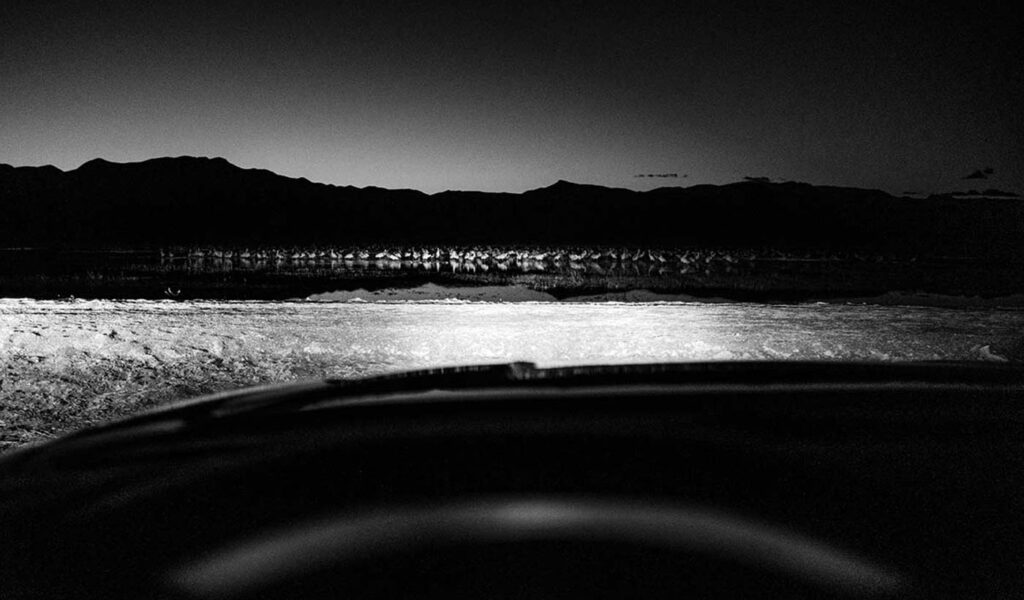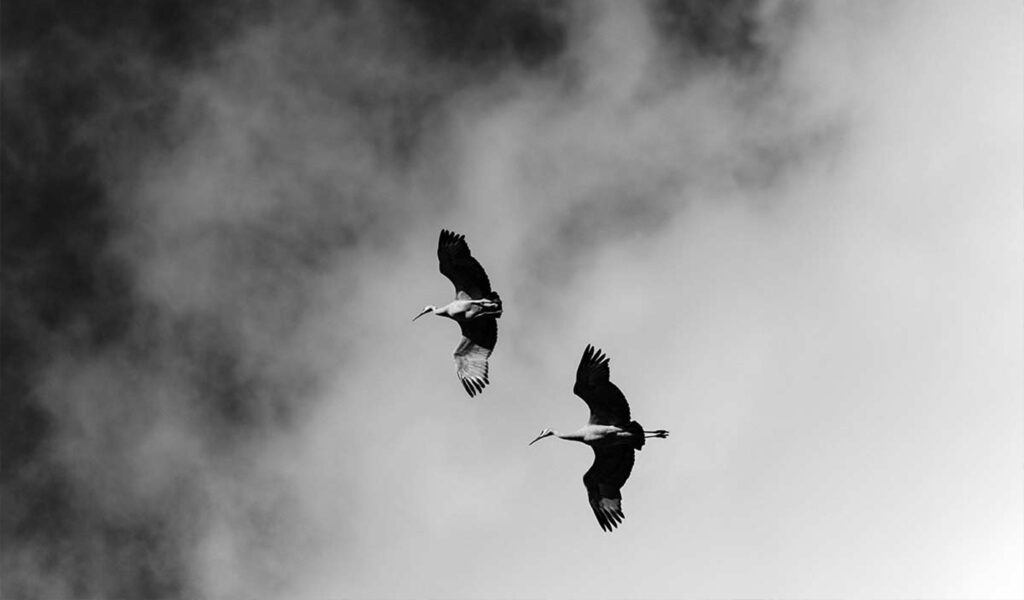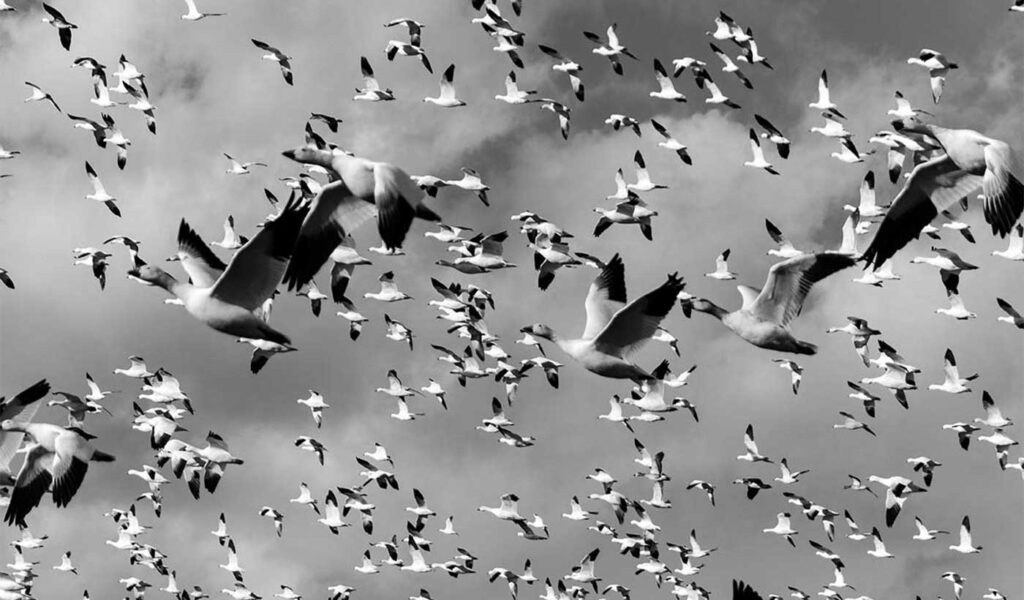Introduction to Documentary Photography
Award-winning photographer and author Dan Milnor talks about what it takes to become a documentary photographer and how to stay the course while doing it.
I love documentary photography and find it to be an essential part of being a great photographer. Not to mention I believe that documentary photography, or photography that provides a basic, accurate representation of people, places, objects, or events significant or relevant to history, is also one of the most important forms of photography ever invented. Where would the visual history of our species and planet be without documentary photography? How do these long-form projects come to be? Why is this such an important art form? And what are the skills required to do this type of work?
When it comes to the skills required to do documentary photography, let’s start with the essentials. Traits like patience, focus, curiosity, perseverance, empathy, determination, and a desire to experience events first-hand. Documentary photographers are the ones operating on the front lines of history, up close and personal, in the action, telling stories the world needs to see and hear. Arguably the most exciting form of photography—being a documentary storyteller—puts the photographer in the middle of the story he or she wishes to tell.

Choosing Your Subject Matter
This work begins by finding your story or subject matter. There is no right or wrong way of doing so, but one fundamental question to ask is, “What do you love?” If you are going to spend your time, money, and energy focusing on a project, it is essential you find something that inspires you, angers you, or somehow motivates you to get involved. You want a project you can’t stand NOT being engaged with. If you are just starting out, also consider subjects that are within your home area and subjects that do not require demanding levels of permission. You want close, accessible, and inspiring.
Setting a Photography Goal
Another helpful tip for doing documentary photography is to set a photography goal or a mission statement before you begin. What does success look like? Setting a goal will also help you understand when the project is complete. Once you have chosen the theme and set a mission statement, the next step is to keep a specific focus on the story idea so you don’t drift or allow the story to become too broad. Sometimes we have a big idea, but the best way to tell that story might mean focusing on one small item, person, or location that best illustrates the overall story.

Doing Photography Research
Doing research is the next step in the documentary process. Doing research should not be viewed as being tedious or demanding. Photography research can actually be quite fun, and it also allows you to understand what has already been done and how you can add to the conversation. Understanding context and where your photography fits in is an essential part of doing documentary photography work. And if a story has already been done, that’s okay. Add your own style to the story and move forward.

In the Field
Once you are in the field, start your story by observing, taking pictures, and asking questions. If your documentary photography project is people-based, as opposed to a more conceptual or landscape-style photography project, know that engaging with the folks in your photos is one of the most rewarding aspects of doing documentary photography. Being able to explain yourself and your story is mandatory. Photography means different things to different people, so explaining what you are doing and why is part of the process. The more time and access you have, the better your work will be. In essence, you are collaborating with the people you encounter, and you have a responsibility to make the best work you possibly can. Documentary photography can also skirt along the edges of journalism, which comes with a level of ethics and responsibility unique to the photography field.
Final Thoughts
If you are looking to get rich quick, then you might want to reconsider the path of documentary photography but doing this style of work is rewarding in ways that go far beyond traditional financial return. An older photographer once told me, “As a documentary photographer, you will live in one year what many people will live in 10.” And after 30 years of doing this style of photography, I can say with certainty he was correct.

